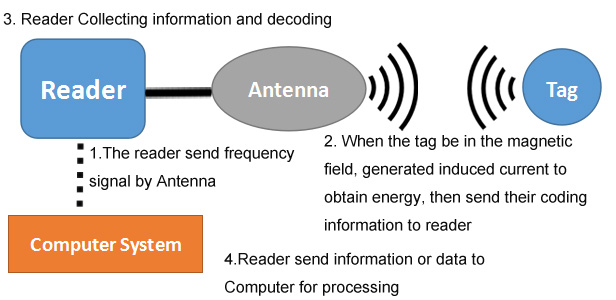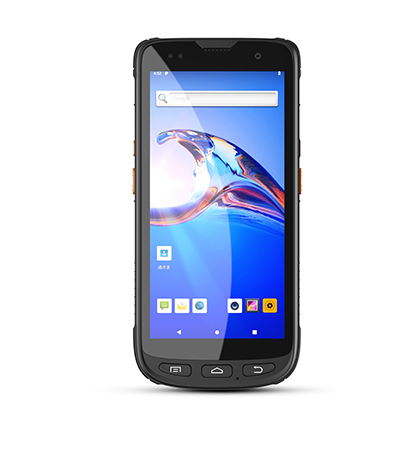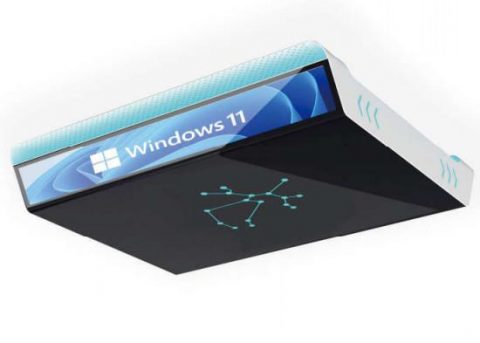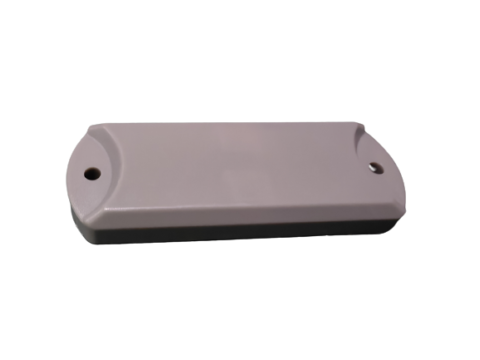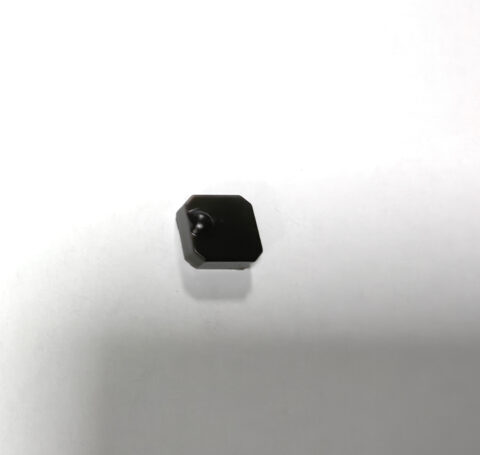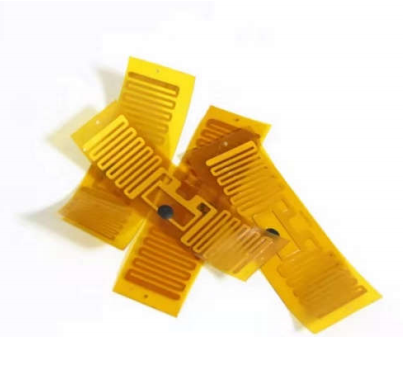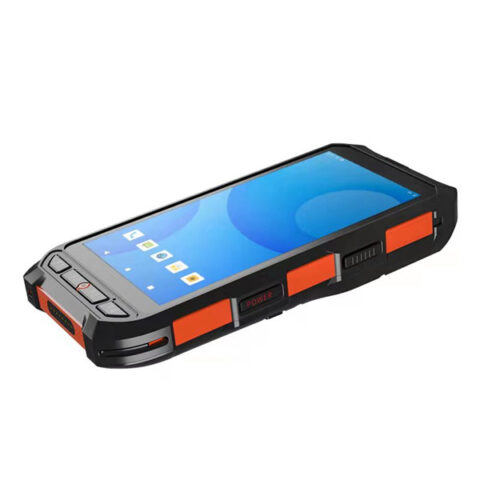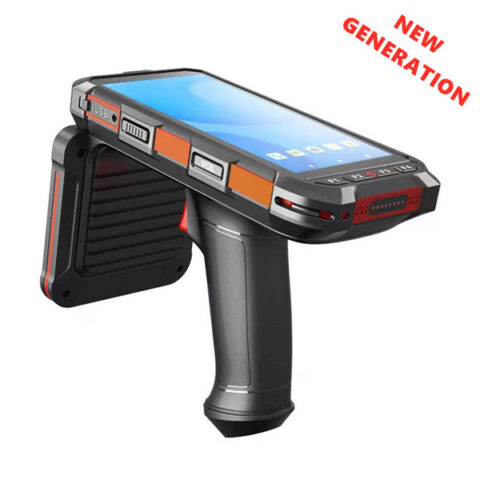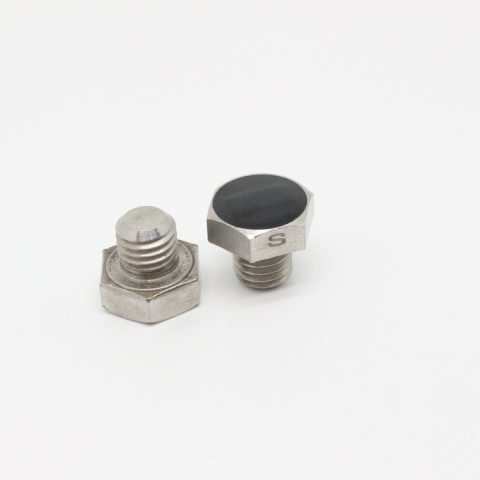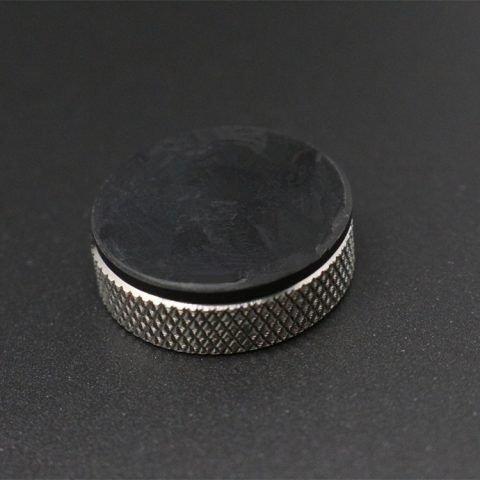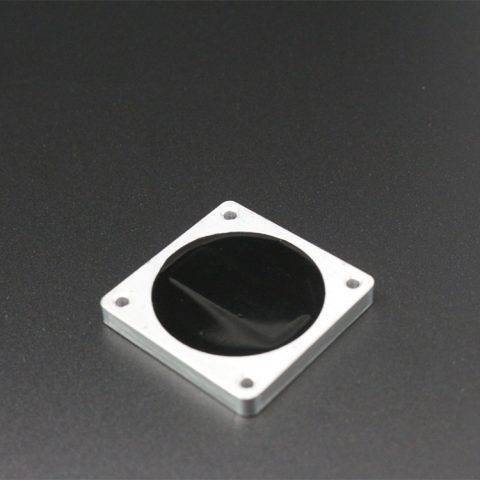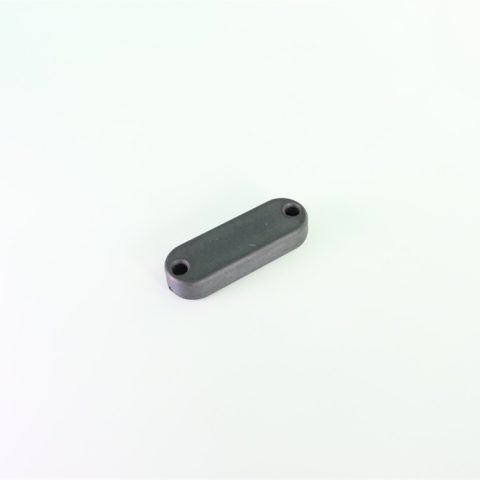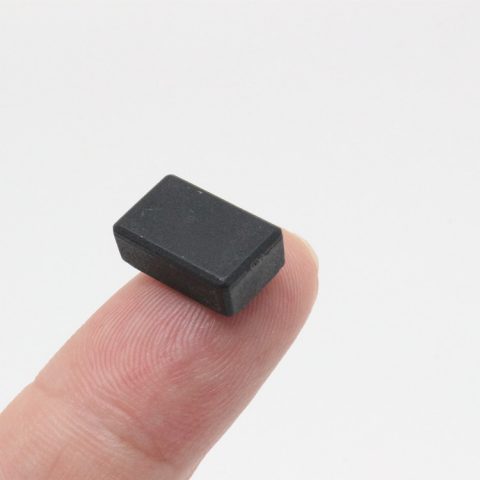Radio Frequency Identification – RFID
An RFID system is always made up of two components:
The transponder, which is located on the object to be identified, the detector or reader, which depending upon design and the technology used, may be a read or write/read device.
A reader typically contains a high frequency module (transmitter and receiver), a control unit and a coupling element to the transponder. In addition, many readers are fitted with an additional interface (RS 232, RS 485, …) to enable it to forward the data received to another system (PC, robot control system).
The transponder, which represents the actual data carrying device of an RFID system, normally consists of a coupling element and an electronic microchip. When the transponder, which does not usually possess its own voltage supply (battery), is not within the response range of a reader it is totally passive. The transponder is only activated when it is within the response range of a reader. The power required to activate the transponder is supplied to the transponder through the coupling unit (contactless) as is the timing pulse and data.
Operating principles of RFID systems
There is a huge variety of different operating principles for RFID systems. The picture below provides a short survey of known operation principles (The numbers refer to the relating chapters in the book).
The most important principles – ‘inductive coupling’ and ‘backscatter coupling’ are described more detailed below.
RFID Tag Work Process
